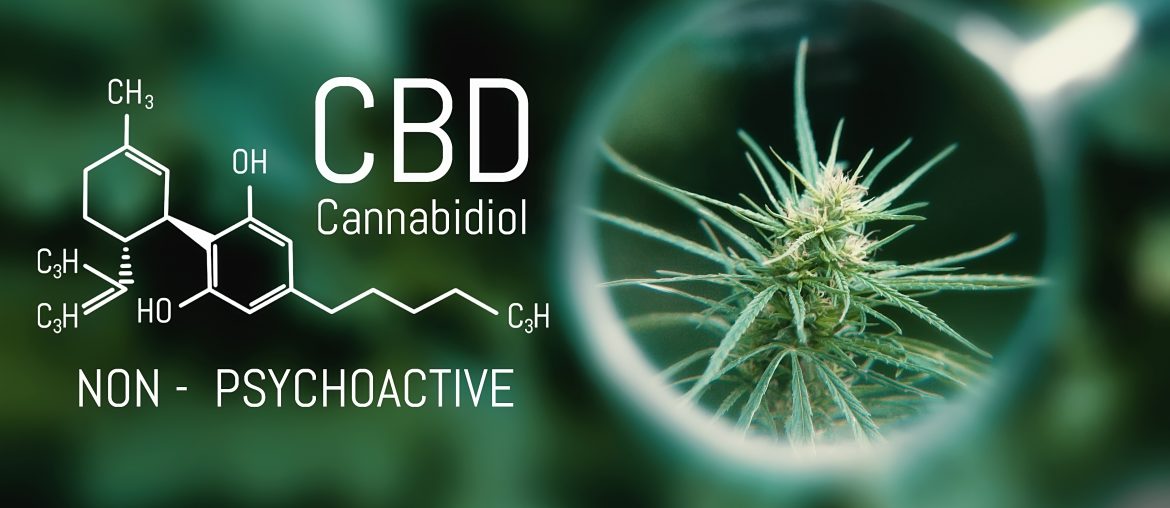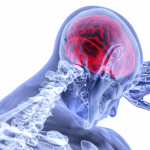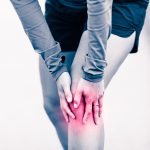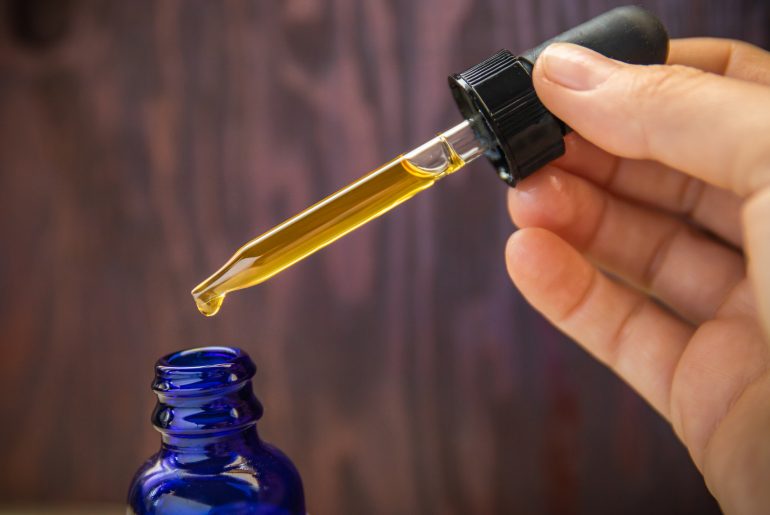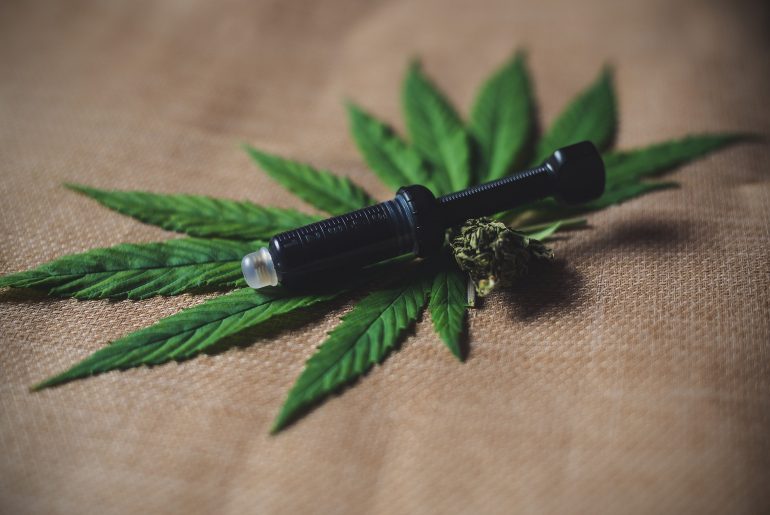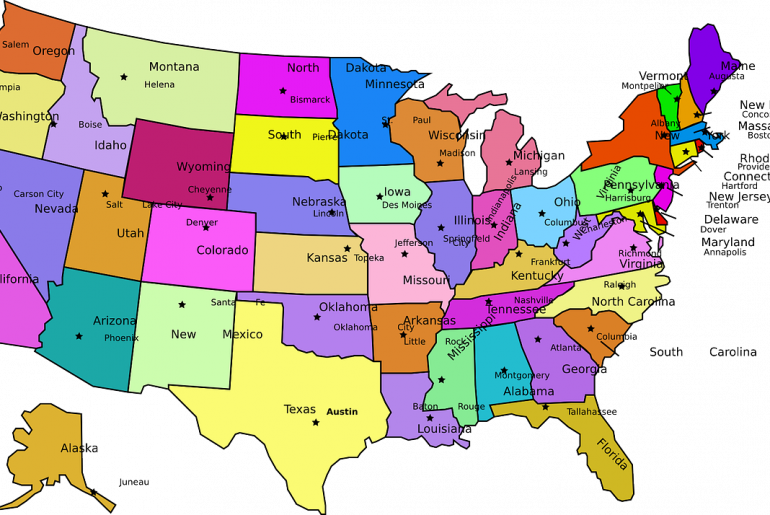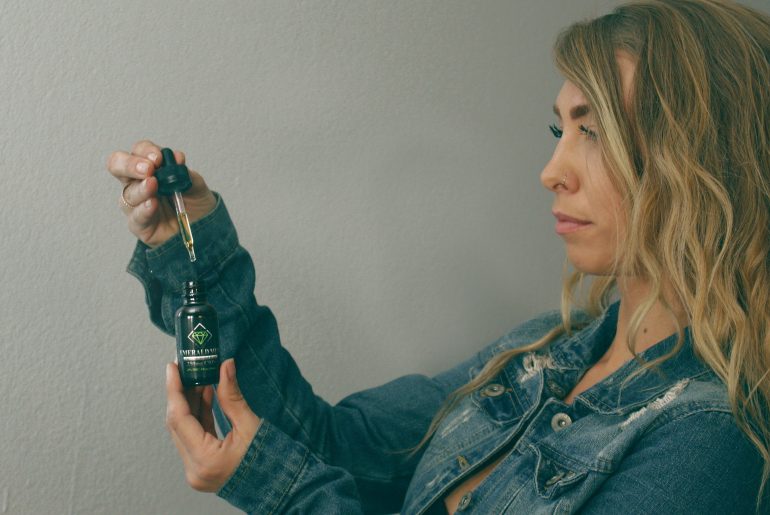Everything you ever wanted to know about what CBD is, where CBD comes from, and how CBD affects you!
CBD (cannabidiol) is one of the main chemical compounds which are found in both the hemp and marijuana plants. The different chemical compounds are known as cannabinoids. Both marijuana and hemp plants are part of the cannabis sativa plant family. Currently, there are over 113 known cannabinoids that have been identified in the marijuana plant.
What you may be interested to learn is that there are over five hundred different compounds in the cannabis plant. Some of the more common cannabinoids found in the marijuana and hemp plants are THC, CBD, THCA, CBDA, CBG, CBC, CBCA, CBN, and CBL.
While THC (tetrahydrocannabinol), one of the most prolific cannabinoids has psychoactive properties, CBD does not. This means that you don’t have to worry about getting high when you use CBD products.
There are three distinct groups which cannabinoids fall into:
- Endocannabinoids – Which are found naturally in the body
- Phytocannabinoids – Which occur naturally in plants
- Synthetic Cannabinoids – Which are produced in laboratories
All the cannabinoids found in marijuana and hemp plants fall into the phytocannabinoids group.
When Was CBD First Discovered?
CBD was first isolated during a project which was trying to isolate THC in the 1940s. It wasn’t until the 1960s that the chemical structure of CBD was first described. There is some debate in the scientific community, whether it was Roger Adams or Raphael Mechoulum, who first discovered CBD and THC.
How Does CBD Interact With Your Body and Brain?
Our brains are made up of billions of cells known as neurons. The neurons all communicate with each other through a structure known as synapses. Synapses are made up of a receptor and also a transmitter.
When a synapse is off, there is no communication between the receptor and the transmitter. When the synapse is on, the transmitter side releases molecules, which travel across to be absorbed by the receptor. This causes a reaction or effect somewhere inside your brain or body.
Cannabinoids, including CBD, similarly interact with your brain. When you consume CBD, it is absorbed into your body via the bloodstream. CBD molecules activate specific receptors, which include CB1 and CB2, adenosine, serotonin, and vanilloid.
These receptors influence a variety of different body functions, including pain sensation, mood, memory, appetite, and anxiety. These are the main reasons why people choose to take CBD. While this will be explained later in the article in more detail but first, let’s take a look at a common question which many people ask about CBD.
Does CBD Get You High?
Like we said at the beginning of the article, CBD has no psychoactive properties and won’t get you high. One interesting fact about CBD is that if you take CBD with THC, it can actually lower how high you get. Many people believe that the anti-anxiety properties of CBD help to reduce the anxiety many people experience when they use strains of marijuana, which are high in THC.
Different cannabinoids work better with the different receptors spread throughout the body and brain. While THC fits into one receptor perfectly, causing you to experience a psychedelic high. CBD doesn’t fit in as well and doesn’t activate that reaction. This is also why CBD reduced the effects of THC. When CBD is occupying the receptor slot, the THC doesn’t fit as well, and the psychedelic high and effects from the THC aren’t as extreme.
One of the great things about CBD is that while it reduces the effects of THC in the CB1 receptor, it’s also activating the serotonin receptors, vanilloid receptors, and adenosine receptors. This means that you’re getting all the benefits of CBD without the psychedelic properties of THC.
What Are The Effects Of CBD?
While CBD reduces the effects of THC by lowering anxiety levels, it also counteracts some of the other side-effects of THC, such as paranoia, drowsiness, and also memory loss.
CBD also has other therapeutic properties, including:
- Antiemetic – Reduces nausea and vomiting
- Anticonvulsant – Suppresses seizures
- Anti-inflammatory – Mitigates inflammatory disorders
- Antitumoral – Fights tumor and cancer cells
- Anxiolytic – Combats anxiety and depression
- Antioxidant – Tempers neurodegenerative disorders
- Antipsychotic – Mediates psychotic disorders
It’s because of these broad effects that CBD can be used to treat such a wide variety of different medical conditions and symptoms associated with medical treatments. While no two conditions are the same, many people are receiving positive results from using CBD to treat a variety of different conditions traditionally treated with pharmaceutical medications.
What Medical Conditions Are People Using CBD For?
CBD is currently being used to combat many different medical conditions that were previously treated with pharmaceutical medications. Some of these conditions are:
- Schizophrenia
- Psychosis
- Epileptic disorders
- Anxiety
- Depression
- Cancer
- Osteoporosis
- Loss of appetite
- Nausea
- Lupus
- Obsessive-compulsive disorder (OCD)
- Parkinson’s disease
- Chronic and acute pain
- Diabetes
- Neurodegenerative disorders (e.g., Alzheimer’s)
It’s still very early into the studies regarding of CBD and other cannabinoids. After marijuana was ruled as a narcotic by most of the countries around the world, it severely hampered scientific interest in studying its effects on the brain and body.
However, the recent changes in how governments perceive the legality of cannabis has led to a sudden increase in the number of studies into cannabis and its effects. As more countries move to legalize cannabis, and the attitude and public opinion towards cannabis changes, more groups are looking into the potential health benefits of CBD and other cannabinoids.
What Are Some Of The Common Side Effects Associated With CBD?
One of the many benefits of CBD is that it doesn’t have a long list of negative side-effects associated with its use. While the scientific community has come out, and 100% agreed about the safety and benefits of CBD, numerous studies agree that CBD has no serious negative side-effects.
Side-effects, by definition, are actions that impact your heart rate, food consumption, body temperature, or blood pressure. CBD does none of these. While some people may argue that CBD affects the appetite, it doesn’t do it the way that THC does. THC stimulates your appetite, which leads to an increase in food consumption. CBD increases your appetite through the reduction of nausea, which could be negatively impacting your food consumption.
However, CBD has been known to affect the salivary gland, which could result in users experiencing dry mouth or cottonmouth. While not all users experience this, dry mouth could be a small price to pay for a reduction in nausea or anxiety.
What Are Some Of The Best Ways To Consume CBD?
One of the great things about CBD is its versatility. There are a variety of different ways that you can experience the potential health benefits of CBD. Which method you choose will ultimately depend on your personal preferences and what you’re looking to get out of CBD use.
Below we’re going to cover some of the different delivery methods associated with CBD and what their pros and cons are.
- Smoking CBD – While smoking high CBD strains of marijuana is one way to experience CBD, you also have the added downfalls of consuming THC at the same time. There are also negative health aspects associated with traditional smoking methods, such as pipes and joints.
- Vaping CBD – One of the newer methods of consuming CBD is through a vaporizer. This is a healthier version of the traditional smoking method. The CBD is heated, and the cannabinoids inhaled in the resulting vapor. While vaping is a fast way to consume CBD as it enters the lungs and ultimately the bloodstream quickly, you’re also going to have to do it more frequently as the effects don’t last as long.
- Eating CBD Edibles – If vaping or smoking doesn’t appeal to you, then there always CBD edibles. They’re easy to swallow and available in a variety of different forms, including drinks, gummies, cakes, and chocolate. The downfall to CBD edibles is that they take longer for the effects to be felt. The upside to this is you get a longer and more consistent release.
- CBD Oils – One of the most popular ways for many people to experience the benefits of CBD is through CBD oil. CBD oil can be taken orally by itself or added to your favorite foods and drinks. It’s also a discreet way to take CBD during the day. CBD oil is slow to activate but also lasts longer in your system and has an even release.
- CBD Topicals and Creams – There are a variety of different CBD topicals and creams which can be applied directly to the affected area of the body. This is particularly useful for sore muscles and aches and pains. Many people use CBD topicals and ointments as part of their pre-workout and post-recovery workout routines.
Is CBD Right For You Or Your Condition?
The only real way to determine whether or not CBD is right for you and your condition is to try it out for yourself. It’s important to speak with your doctor or healthcare professional before ceasing any of your current medications or altering medications or treatments.

